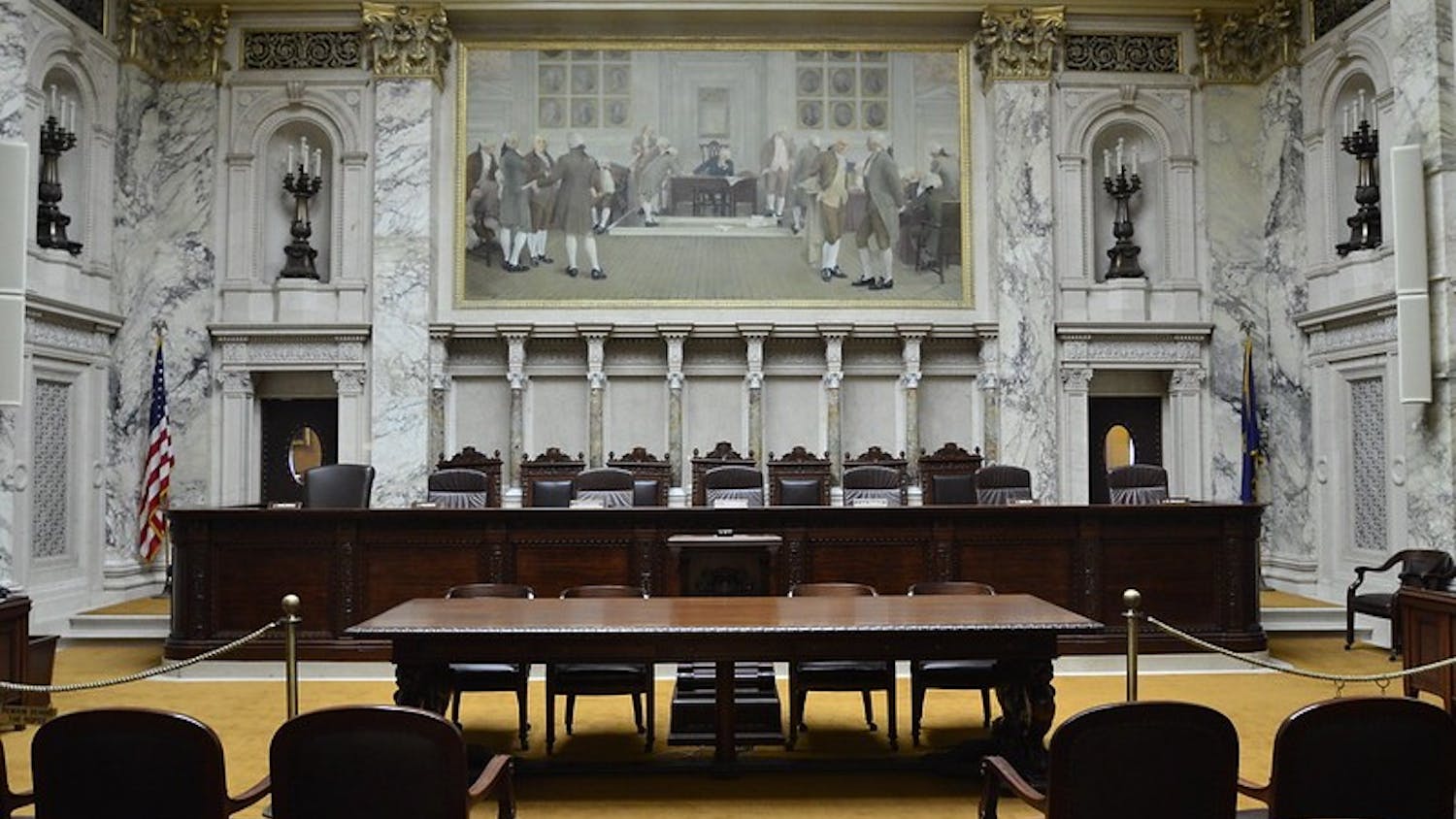University of Wisconsin-Madison Chancellor Rebecca Blank wrote a letter to the New York Times in response to two opinion pieces they published about the removal of an alumnus’ name and Chamberlin Rock from campus.
Blank believes that the New York Times’ recent coverage of the removals did not accurately portray the real motives behind the university’s decision: to promote inclusivity.
“Recent coverage of the University of Wisconsin-Madison asserts that students and administrators are overly sensitive and reactionary, falsely pursuing small, insignificant symbols, rather than supporting significant goals of racial equity and not maligning an alumnus,” Blank said in her letter.
Chamberlin Rock has sat at the top of Observatory Hill since 1925 and served as a symbol of racism for generations of students. The racist root emerged from a newspaper headline that referenced the rock by a derogatory racial slur.
The school removed the rock after three students from the Wisconsin Black Student Union spoke at the Campus Planning Committee meeting last November. They said that the rock served as a daily reminder of the past and current inequalities students of color face on campus and needed to be removed.
Last year, president of the WBSU, Nalah McWhorter, described these steps as “an accomplishment” and a push towards inclusivity on campus for BIPOC students.
The university also removed the name of actor and UW-Madison alum Frederic March from a theatre in 2018 due to involvement with a Ku Klux Klan club on campus. While this club was not affiliated with any national K.K.K. groups, he was still associated with a racist organization.
The university struggled with these named places and objects that were tied to racist origins, but they also strive to foster an environment where all students and faculty feel safe, Blank explained.
“Who and what are given prominence on campus carry meaning and reflect what values we wish to endorse. These are choices. We sought to question whether those choices — if revisited today — reflect our values,” said Blank in her letter.
Despite calls from the NAACP and other activists to reconsider this change, citing reports that indicate March’s support for civil rights later in life, Blank stands by the university’s decision.
“While it is good that March went on to become a fighter for civil rights and equality, the fact remains that while a student here he aligned himself with a student group that echoed the K.K.K. name,” stated Blank, underscoring that involvement in the K.K.K. is one of the aspects of American history “so toxic that you can never erase the stain.”
Blank also emphasized in her letter that the university's decision to remove these named places and objects was not an attempt to suppress history.
“This was not a casual ‘erasure of history,’ or cancel culture, but part of a larger effort to research, acknowledge and, to the extent possible, rectify the often painful history and impact of racism and other forms of exclusion, many of which still affect our campus today,” Blank wrote.
“Universities are not static places,” continued Blank. “They live and breathe, grow and change and reinvent themselves with new energy and approaches every fall, as new students arrive.”






